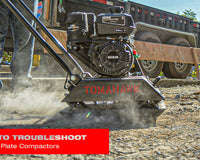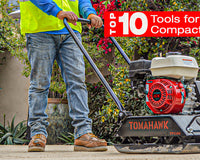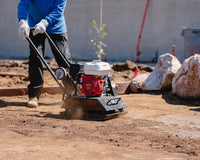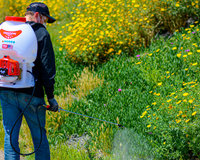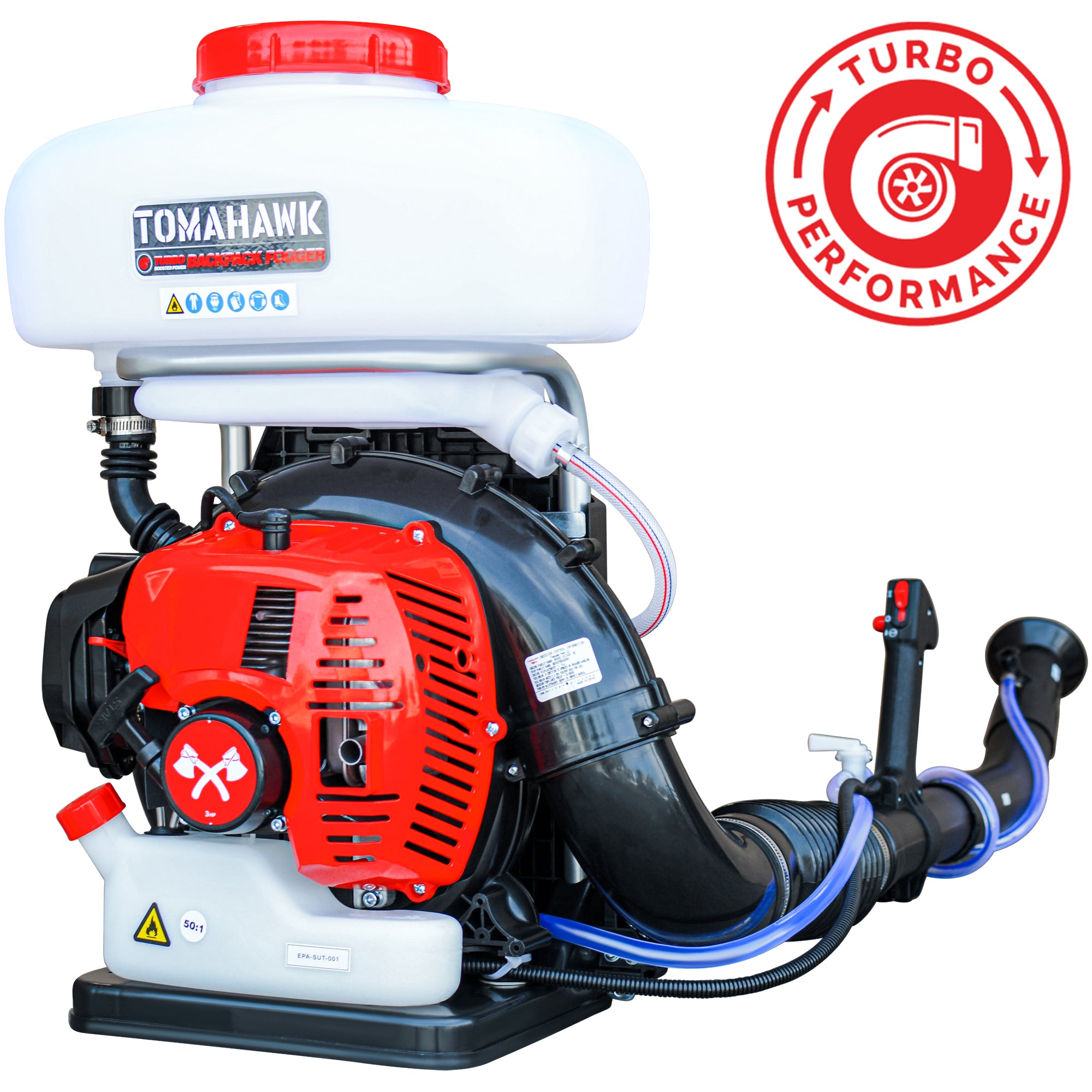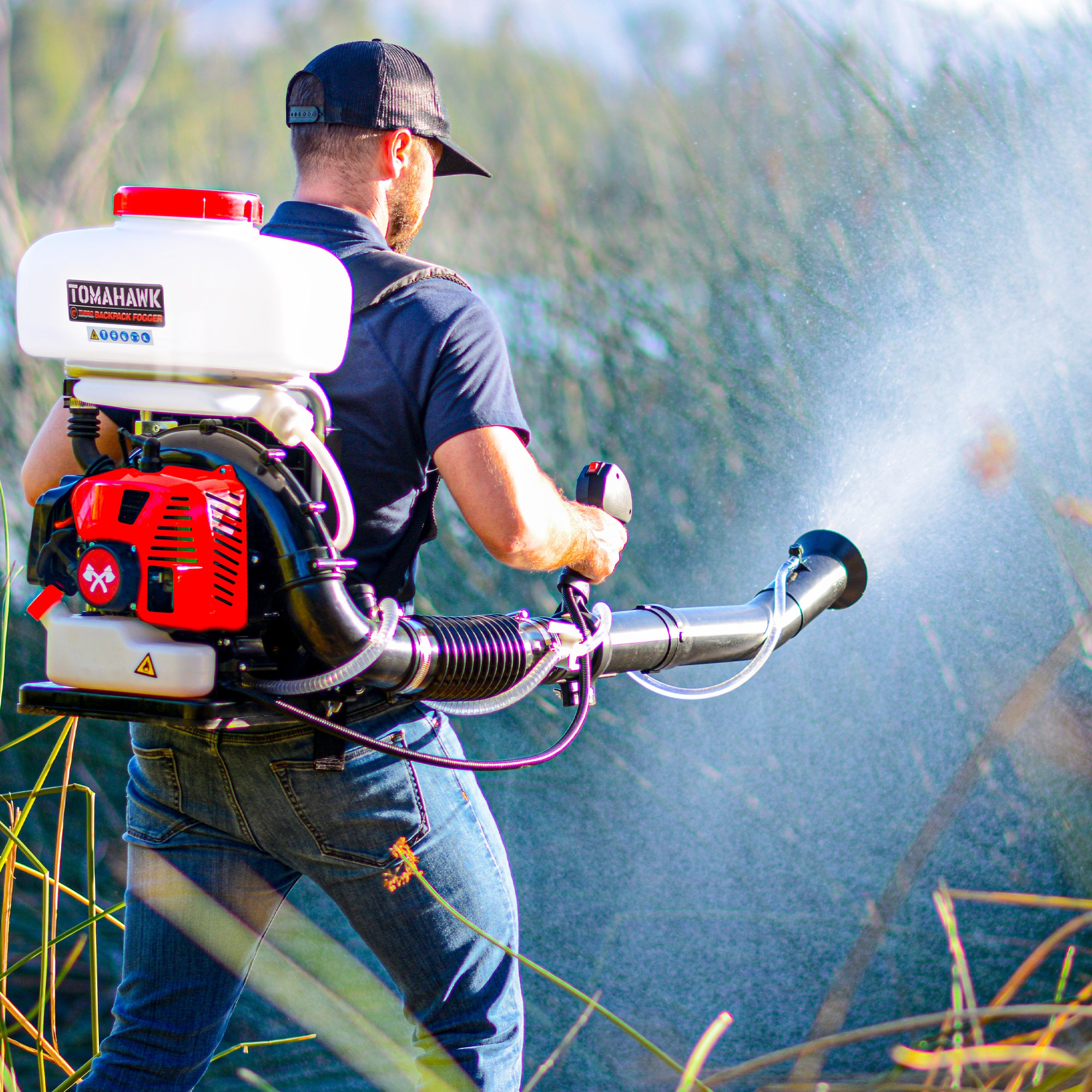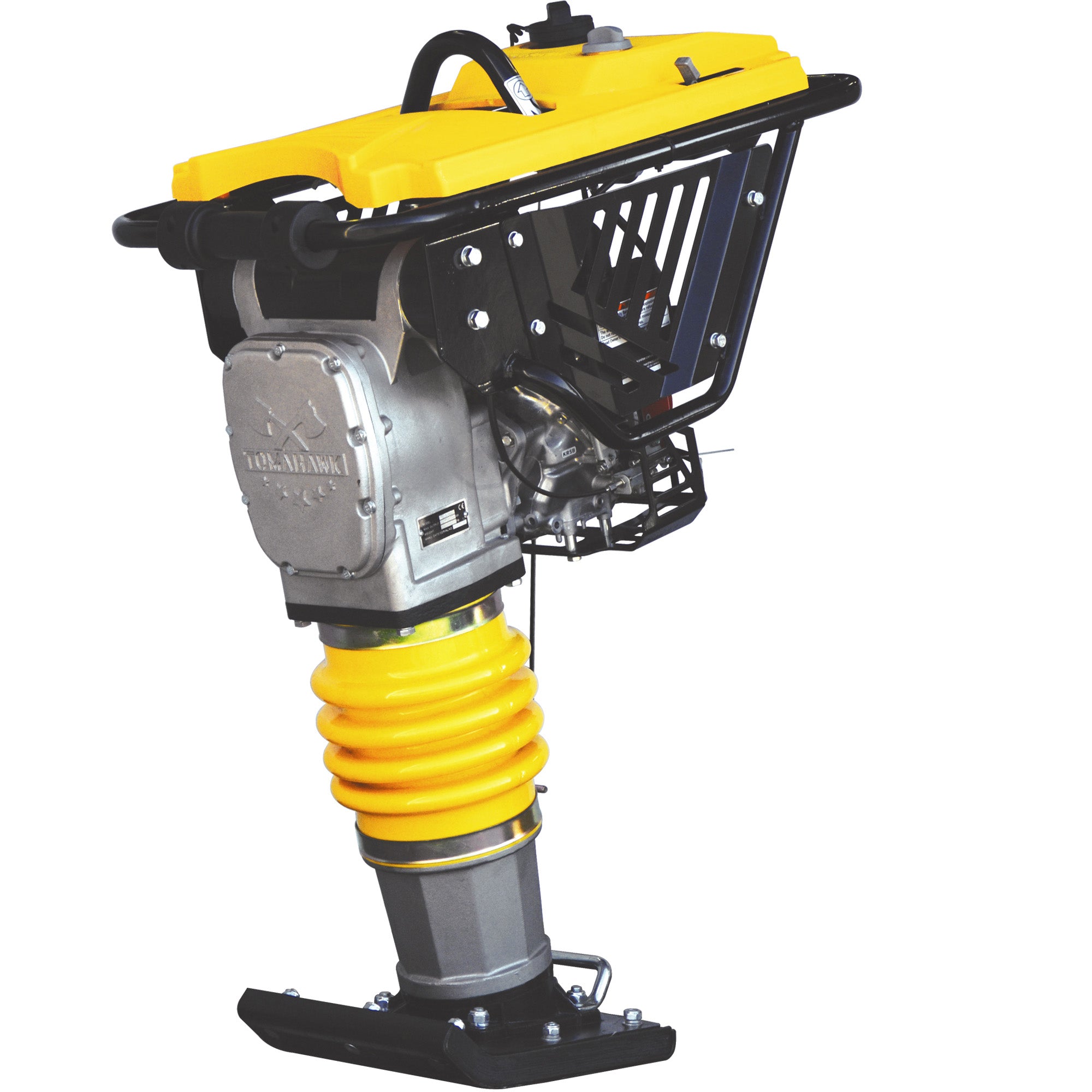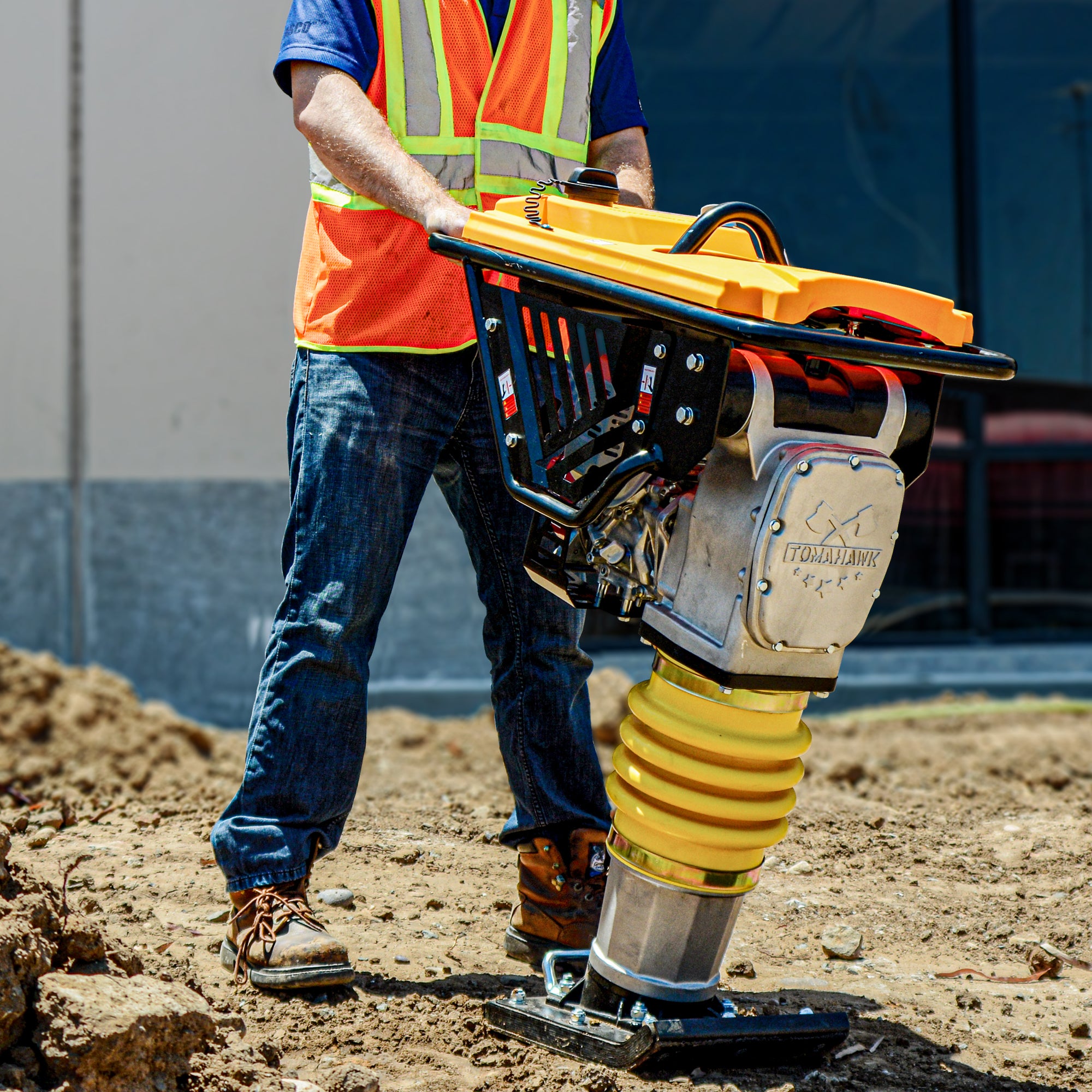Building a reliable and long-lasting gravel driveway requires more than just spreading loose stone. A properly constructed gravel driveway consists of several distinct layers, each with a specific purpose and material composition. By understanding the function of each layer and selecting the appropriate gravel types, homeowners and contractors can achieve a surface that performs well year-round while requiring minimal maintenance.
The Foundation: Base Layer Gravel
The base layer is the most critical component of any gravel driveway. It acts as the structural support for all materials above it, managing load distribution and water drainage. Typically, this layer is made up of large angular rocks, such as crushed stone #3, which ranges from 1 to 2 inches in size. Its irregular shape helps it lock together under pressure and form a solid, permeable base.
Proper compaction is essential at this stage. A plate compactor, such as the Tomahawk 5.5 HP Plate Compactor, can help achieve a tightly bound base that resists shifting and erosion. Compacting in 4-inch layers is recommended to ensure uniform density.
The Middle Layer: Fines and Binding Gravel
Above the base, a transitional layer helps bind the structure and smooth out the surface for the top layer. This is often made from smaller aggregate such as crushed stone #57 or #411—a mix of crushed rock and stone dust. The stone dust in this layer acts as a binding agent, helping to fill voids between larger stones and create a dense, stable middle section.
This layer also plays a drainage role while providing a graded transition from coarse base stone to the finer top surface. Compacting this layer is equally important to prevent water infiltration and settling over time.
The Surface: Top Layer Gravel
The top layer is what most people see and interact with daily. It should be chosen not only for function, but also for appearance and ease of maintenance. Common options include:
-
Pea gravel: Smooth and attractive, though it tends to scatter without a proper edge.
-
Crushed stone #8: Angular and excellent for traction.
-
Decomposed granite: A more decorative option, suitable for light vehicle use.
The best top layer depends on climate, traffic frequency, and aesthetic preferences. Whichever material is chosen, ensuring that it’s properly graded and compacted helps reduce dust, washouts, and ruts.
Importance of Layer Separation and Drainage
While gravel types are important, their effectiveness is tied to how well the layers are separated and drained. Installing a geotextile fabric between the base and native soil can help prevent the mixing of materials and maintain structural integrity. In wet climates, drainage ditches or a slight crown in the center of the driveway can direct water away and reduce erosion.
As noted by HomeQuestionsAnswered.com, “The strength and durability of a gravel driveway depend not just on the gravel type, but on the layering technique and the quality of the base preparation” (HomeQuestionsAnswered.com, n.d.).
Final Thoughts
Constructing a durable gravel driveway involves careful planning, proper material selection, and attention to layering and compaction. Each layer—from the deep foundation stone to the decorative top coat—contributes to a stable, low-maintenance surface. Compacting equipment, like the plate compactors available through Tomahawk Power, plays a critical role in achieving this durability, especially for DIYers aiming for professional results.

